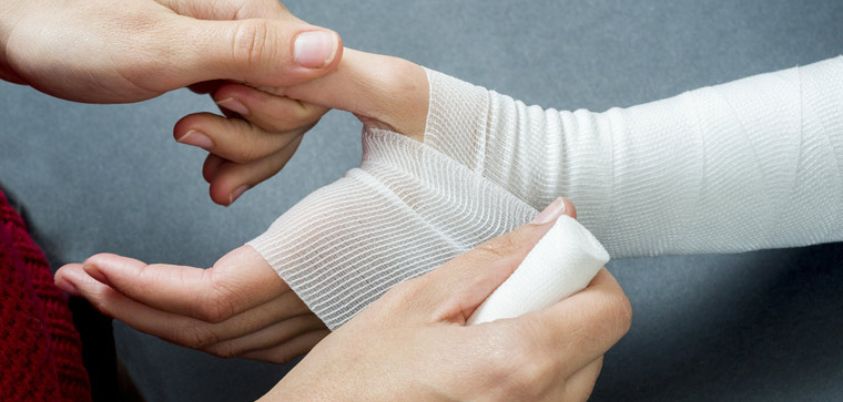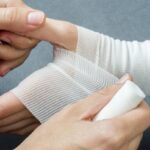
Chronic Wounds: Causes, Prevention, and Advanced Treatment Options
Chronic wounds are injuries to the skin that fail to progress through the normal stages of healing within an expected timeframe, typically persisting for more than three months. These wounds are a significant health concern, affecting millions of individuals worldwide and posing a challenge for healthcare providers.
Causes of Chronic Wounds
- Underlying Medical Conditions: Diseases such as diabetes, peripheral artery disease, and venous insufficiency can impair blood flow and slow the healing process.
- Infection: Persistent infections can prevent the wound from closing and exacerbate tissue damage.
- Pressure Ulcers: Prolonged pressure on certain areas of the body, especially in bedridden patients, can lead to pressure sores.
- Poor Nutrition: Lack of essential nutrients, including vitamins and minerals, can impede the body’s ability to repair tissue.
- Smoking and Alcohol Use: These habits can reduce blood circulation and negatively affect the immune response.
Prevention Strategies
- Regular Monitoring: For individuals with chronic conditions like diabetes, frequent inspection of the skin is crucial.
- Proper Wound Care: Keeping the wound clean and covered can prevent infection.
- Healthy Lifestyle: Maintaining a balanced diet, staying hydrated, and avoiding smoking and excessive alcohol consumption can enhance the body’s natural healing capabilities.
- Pressure Relief: Regular repositioning and use of supportive cushions can reduce the risk of pressure ulcers.
- Control of Underlying Conditions: Managing diseases like diabetes and vascular disorders can improve circulation and support healing.
Advanced Treatment Options
- Debridement: The removal of dead or infected tissue to promote healthy tissue growth.
- Hyperbaric Oxygen Therapy: Involves breathing pure oxygen in a pressurized room to enhance oxygen delivery to tissues.
- Skin Grafts and Bioengineered Tissue: Transplanting healthy skin or using lab-grown tissue to cover the wound and promote healing.
- Negative Pressure Wound Therapy (NPWT): Applying a vacuum dressing to draw out fluids and increase blood flow to the area.
- Growth Factors and Stem Cell Therapy: Utilizing biological agents that stimulate cell regeneration and tissue repair.
Conclusion
Chronic wounds require a comprehensive approach that addresses the underlying causes, prevents complications, and leverages advanced medical technologies. Early intervention and consistent care are key to improving patient outcomes and enhancing quality of life.



